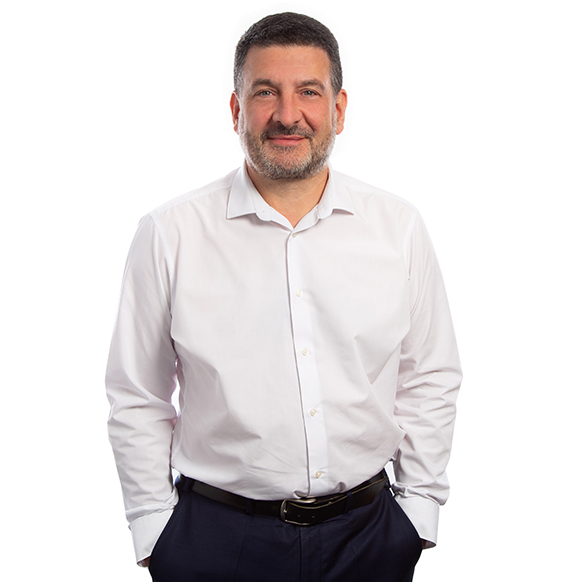The scheme is available in England, Scotland and Wales and provides the opportunity to receive funding for employing young people at risk of long-term unemployment, in return for providing them with experience and employability skills.
What is the criteria to receive funding?
To make use of the scheme, you have to make an application for funding based on what you are offering the young people and whether it meets the scheme criteria, which are:
- The job placements must be new jobs, i.e. that cannot replace existing or planned vacancies or cause existing employees or contractors to lose or reduce their employment.
- You must offer a minimum of 25 hours per week, for 6 months and pay at least the National Minimum Wage for their age group.
- You should not require people to undertake extensive training before they start the placement.
- You must say how you will help the participants to develop their skills and experience, including:
- support to look for long-term work, including career advice and setting goals
- support with CV and interview preparations
- supporting the participant with basic skills, such as attendance, timekeeping and teamwork
However, you can only apply direct for funding if you propose to offer 30 or more placements. If you have less than 30 placements, you must partner with other organisations to reach the minimum number. This will be via a ‘Representative’ organisation. See section on ‘Representatives’ below.
Applications are made on line via Gov.UK and take up to 1 month to be approved or rejected. If rejected, you will receive feedback and can reapply as often as you like.
What is the funding available?
Funding is available for 100% of the relevant National Minimum Wage for 25 hours a week, plus associated employer National Insurance contributions and employer minimum pensions automatic enrolment contributions.
There is also £1,500 per job placement available for setup costs, support and training.
Where do applicants come from?

Applicants will be people in receipt of Universal Credit who are introduced to you via the DWP once your funding is approved. You can select from amongst those introduced, having set out the job description for each placement and your application process when returning your funding agreement.
How is funding received?

You will receive initial setup costs when you have confirmed the young person has started work, is enrolled on your payroll and is being paid through PAYE.
DWP will use information from HMRC to check that the young person is still employed, and will pay the grant in arrears.
DWP may contact you or the young person during the job placement to check what employability support has been offered.
What happens at the end of the 6 month placement?
It is naturally hoped that employment will continue for some of those on the scheme, at the end of their placement, but funding will cease for that worker.
However, once a job placement is created, it can be taken up by a second person once the first successful applicant has completed their 6-month term.
Participants may move on to an apprenticeship at any time during, or after their job placement.
Representatives
You will need to join forces with other companies via a ‘Representative’ organisation if you have less than 30 placements to offer. (This is a disappointment for SMEs who have this additional hurdle to jump!). This could be by getting together with other employers and nominating one as a representative, or looking for organisations who are acting in that capacity.
The representative will check that your job placements are eligible for the scheme and submit the application for funding on your behalf alongside other businesses they are representing.
The question is, who will be your representative?
The Government is saying that representatives could be similar employers, local authorities, trade bodies, chambers of commerce and registered charities. They are inviting bodies to apply to become representatives, for which they must have experience of managing partnership agreements with third parties and robust financial and governance processes to manage the application.
They can only apply to become a representative once they have amassed 30 or more placement applications from their partner businesses. They can get £300 of funding to help with the admin costs.
